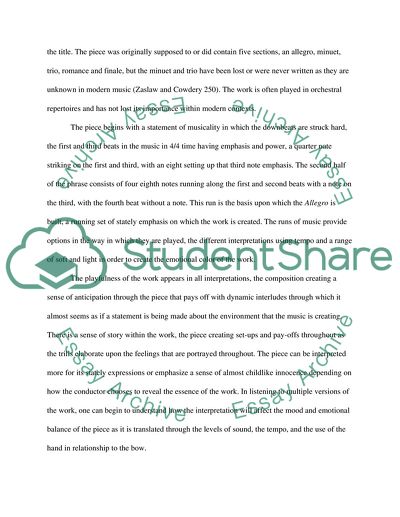Cite this document
(Eine Kleine Nachtmusik - The Allegro and a Discussion of Research Paper, n.d.)
Eine Kleine Nachtmusik - The Allegro and a Discussion of Research Paper. Retrieved from https://studentshare.org/philosophy/1779172-write-a-paper-about-the-music
Eine Kleine Nachtmusik - The Allegro and a Discussion of Research Paper. Retrieved from https://studentshare.org/philosophy/1779172-write-a-paper-about-the-music
(Eine Kleine Nachtmusik - The Allegro and a Discussion of Research Paper)
Eine Kleine Nachtmusik - The Allegro and a Discussion of Research Paper. https://studentshare.org/philosophy/1779172-write-a-paper-about-the-music.
Eine Kleine Nachtmusik - The Allegro and a Discussion of Research Paper. https://studentshare.org/philosophy/1779172-write-a-paper-about-the-music.
“Eine Kleine Nachtmusik - The Allegro and a Discussion of Research Paper”, n.d. https://studentshare.org/philosophy/1779172-write-a-paper-about-the-music.


